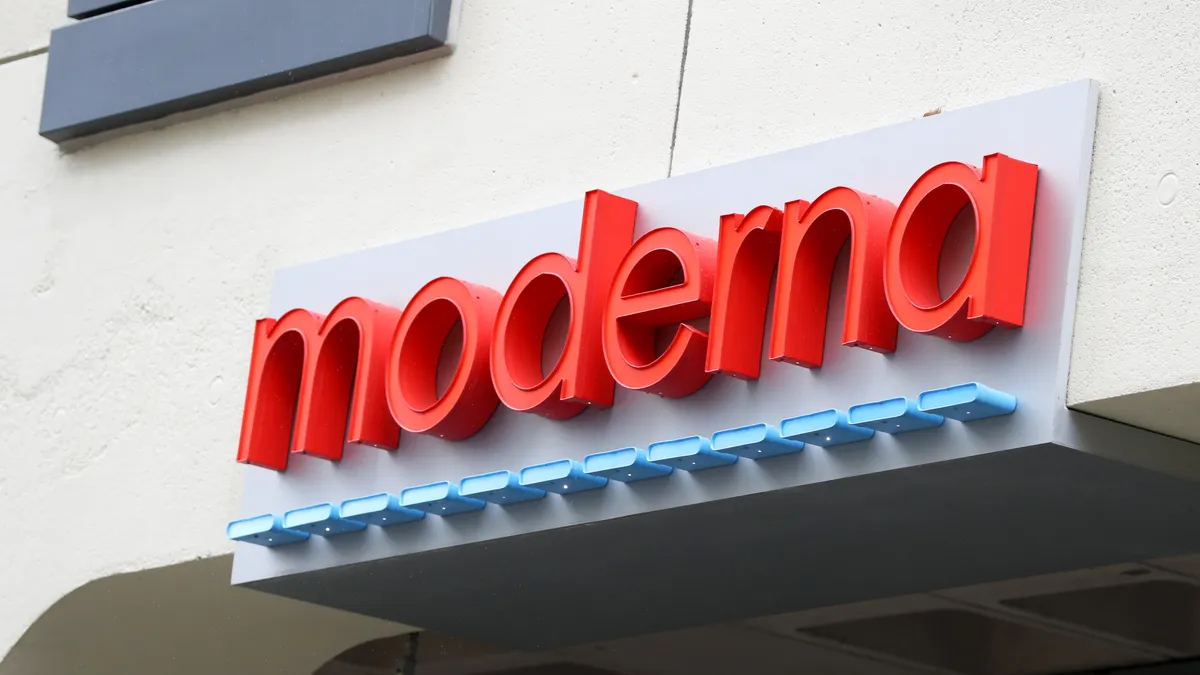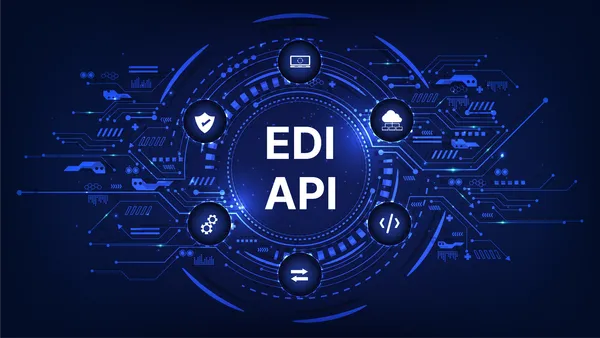Editor's Note: The following is a guest article from Maciej Kranz, VP of Cisco Systems' Strategic Innovation Group.
A few months ago, I wrote a piece dispelling some of the most common misconceptions about the ubiquitous internet of things (IoT). But as I mentioned in the article, IoT by itself is not truly transformational.
To deliver the greatest impacts — creating new business models, markets and value propositions — IoT must be combined with other emerging technologies including artificial intelligence (AI), machine learning, fog computing and, of course, blockchain.
Blockchain is perhaps the most overhyped and perplexing of these interconnected, transformational technologies.
In the simplest terms, blockchain is core technology that serves as a distributed ledger. It allows a shared set of computing systems to agree that a transaction between parties is authentic.
These outcomes are recorded on a cryptographically secured ledger (the blockchain itself). Because it is extremely difficult to alter information within the ledger without affecting other parts of the ledger, all parties can agree on single version of the truth in a transaction.
With this definition in mind, it's time for a reality check to separate blockchain fact from fiction.
1. Fiction: Blockchain is unrelated to IoT
Fact: Blockchain can serve as the missing link for transformational IoT projects.
Blockchain is one of four technologies that can be combined to create leapfrog business value.
In an enterprise, IoT data often traverses organizational boundaries and partner ecosystems. However, it is challenging to ensure this data is accurate, reliable and secure.
It is even more difficult to reconcile the data, especially if it involves information from disparate sources that do not match.
Using blockchain technology, IoT practitioners can bring transparency and security to these decentralized transactions across operations and even borders. Now, all parties know they are looking at a single source of truth and can make more informed business decisions that ultimately impact their bottom line.
2. Fiction: Blockchain = Bitcoin.
Fact: Blockchain is used in bitcoin's bookkeeping.
Bitcoin and cryptocurrencies brought blockchain into the mainstream, so it's no surprise the two are often interlinked and confused.
To clarify, bitcoin (and other cryptocurrencies) is just one of many applications that can run atop a blockchain software platform.
However, there are many other applications for blockchain besides cryptocurrency, including use cases in enterprise supply chains, healthcare and beyond.
3. Fiction: All blockchain networks are public and anonymous.
Fact: Different kinds of blockchain networks exist, including both public and private.
There are two main types of blockchain networks: public and permissionless, and private and permissioned.
Permissionless, public networks, like those used in the cryptocurrency arena, allow individual users to remain anonymous as they track and verify transactions. However, large enterprises are more inclined to use private, permissioned blockchain networks.
Such networks allow known entities, like suppliers, customers and other partners to participate as the company uses protocols to verify and assemble each blockchain.
Private, permissioned networks also provide the added benefit of delivering thousands of transactions per section and offer granular control when managing who can access the data stored in the blockchain.
4. Fiction: Blockchain cannot be compromised.
Fact: Blockchain is only as secure as the weakest link in the network.
It's true that it is nearly impossible to change data once it is written to the blockchain. It is also extremely difficult for unauthorized users and applications to access this data, as well as feed new data into the blockchain — but this depends on the quality of the security architecture.
In other words, businesses must ensure the data and transactions entered into the blockchain ecosystem have the proper security controls in place. If integration points are hacked, the entire blockchain network could be compromised. Therefore, end-to-end security is a must.
5. Fiction: Blockchain is only applicable to the financial services industry.
Fact: Blockchain use cases exist in many industries.
Although most discussions around blockchain use cases focus on the financial services industry, the applications of this technology are actually much broader.
For example, supply chains can use private blockchain networks to track and trace goods, deter counterfeiting and mitigate product recalls. By creating a unique digital signature for each product or part, businesses can trace provenance, chain of custody and transfer of ownership for complete visibility.
In the healthcare industry, providers can employ blockchain technology to securely manage electronic medical records. For instance, doctors can request permission to access a patient's medical history. They can then record transactions on the ledger, making them available to other healthcare professionals in the network.
Other applications of blockchain include simplifying microtransactions (like those used in the music streaming industry), creating smart contracts and strengthening consumer data privacy across social networks.
With the global blockchain technology market expected to grow to $7.59 billion by 2024 at a 37.2% CAGR, businesses should begin to explore its potential uses — especially when combined with IoT, AI/machine learning and fog computing.
But before embarking on a proof of concept, industry must get past the hype, understand how blockchain can be applied and discover new ways this technology can become a foundational technology for business.



















